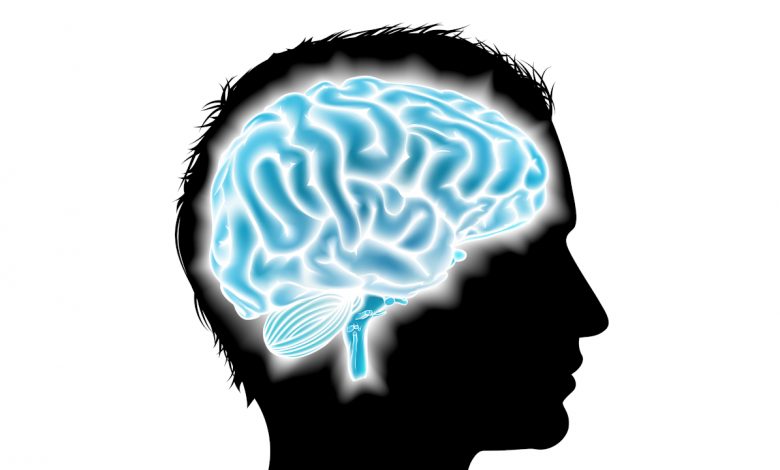
Brain-Computer Interface-Based Communication in the Completely Locked-In State
Part 6 of a miniseries reviewing selected papers from Altmetric’s list of the top 100 most-discussed journal articles of 2017.
Locked-in syndrome (LIS) is a condition involving complete paralysis of nearly all of the voluntary muscles in the body. Patients are unable to communicate verbally, but are aware and otherwise cognitively intact, and may be able to communicate with others through moving their eyes which are often unaffected by the paralysis.
However, for patients in the completely locked-in state (CLIS), a type of locked-in syndrome, the eyes are also paralyzed, making communication impossible.
A January 2017 study1 investigated the potential for brain-computer interface to enable CLIS patients to communicate. The study was the first of its kind.
Brain-computer interface is where there is a direct communication pathway between the brain and an external device. Brain-computer interface can be achieved through invasive surgery, where electrodes are implanted on or in the neocortex, or through noninvasive means including electroencephalography, functional magnetic resonance imaging (fMRI), and functional near-infrared spectroscopy (fNIRS).
In the study, fNIRS-based brain-computer interface was used for “yes” and “no” answer communication in four patients with advanced amyotrophic lateral sclerosis (ALS) who were in the CLIS. Amyotrophic lateral sclerosis, which is also known as motor neurone disease (MND), causes the death of neurons controlling voluntary muscles.
It was found that:
The fNIRS-based BCI was employed successfully to train patients to regulate their frontocentral brain regions in response to auditorily presented questions. After training a classifier separating “yes” from “no” answers for several days, the patients were given feedback of their affirmative or negative response to questions with known answers and open questions over weeks.
Three patients completed more than 46 sessions, and one patient completed 20 sessions. All four patients had an above-chance-level correct response rate over 70%.
The researchers have concluded that:
If replicated with ALS patients in CLIS, these positive results could indicate the first step towards abolition of complete locked-in states, at least for ALS.
Reference:
- Chaudhary, U., Xia, B., Silvoni, S., Cohen, L. G., & Birbaumer, N. (2017). Brain-computer interface-based communication in the completely locked-in state. PLoS biology, 15(1), e1002593. ↩
Also published on Medium.






